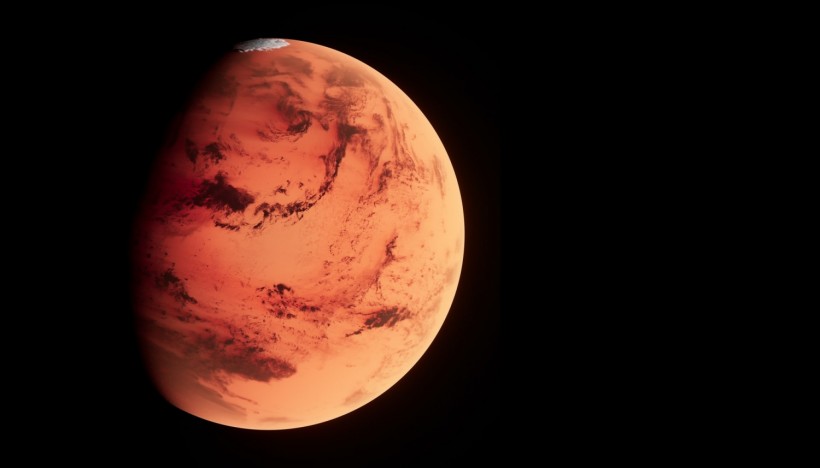A research team at the University of Arizona is developing a sailplane that will soar above Mars. The team has created fixed-wing aircraft that take off from a surface-launched balloon and can unfold like an accordion. According to the scientists, the aircraft can assist in gathering images and other data from Martian valleys and canyons that are inaccessible to rovers. The Arizona team partners with the American space agency NASA's research scientist, Alexandre Kling.

Planetary Volumes Mars
Mars Sailplane Features
The sailplane is a lightweight nonmotorized aircraft designed to fly using Mars' natural wind patterns. However, the experimental helicopter can only fly for brief periods of time and can only soar around 12 meters in the air. The aircraft is equipped with cameras, and temperature, gas, and light sensors. Its purpose is to gather information about the physical features and atmosphere of the Red Planet.
In a statement, Kling said that the sailplane might be useful for NASA as it studies an important area above Mars's surface.
"You have this important, critical piece in the planetary boundary layer, like the first few kilometers above the ground. This is where all the exchanges between the surface and atmosphere happen," Kling said.
Kling added dust is scooped up and sent into the atmosphere in the area or zone above the planet. Additionally, this is where gases are combined. Kling noted that there isn't much information currently accessible regarding the zone.
The researchers outline their progress on the sailplane in the Aerospace publication.
ALSO READ: What Was Mars Like in the Past? Scientists Say Red Planet Was More Beautiful Than Earth Before
Mars Sailplane Capabilities
The team reports that there are currently three rover vehicles and eight operational satellites orbiting Mars. However, the capacity of the research vehicles to gather information about the area immediately above Mars' surface is limited.
According to Bouskela, the sailplane will use the wind currents surrounding Mars to avoid using engines on the vehicles. Yet, his major question is how can someone fly for free and how can someone make use of the current wind?
He pointed out that other research vehicles often rely on solar energy and require batteries to function. The engineers added that the aircraft would also be able to adopt a technique known as dynamic soaring. The method allows the plane to gain energy by crossing boundaries between air masses of different strength levels.
The sailplane was tested by attaching it to a balloon floating in the sky. This summer, more tests are scheduled when researchers intend to fly the plane to roughly 4,500 meters above sea level. They intend to broaden their research into mathematical modeling for potential flight routes based on data on the Mars climate.
Mars rovers have primarily collected data and photographs from sandy and flat regions of the plane. The sailplanes, however, would be able to explore new locations by taking advantage of the wind patterns shift around geologic phenomena such as canyons and volcanoes.
According to Wikipedia, Ingenuity is the only successful aircraft flying on Mars.
RELATED ARTICLE: Humans Growing Plants on Mars Impossible Due to Cosmic Radiation Exposure Rather Than Martian Soil
Check out more news and information on Space in Science Times.














